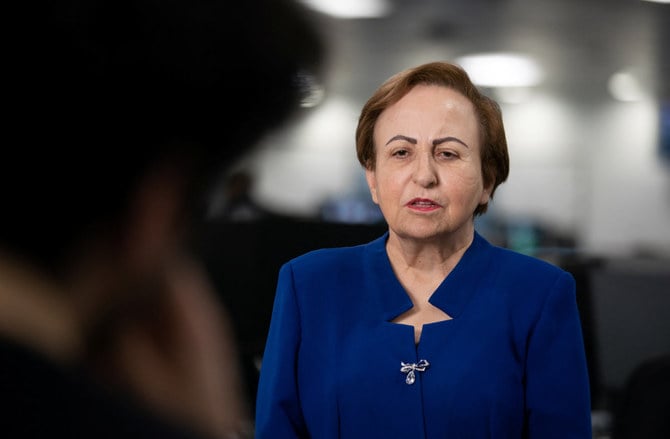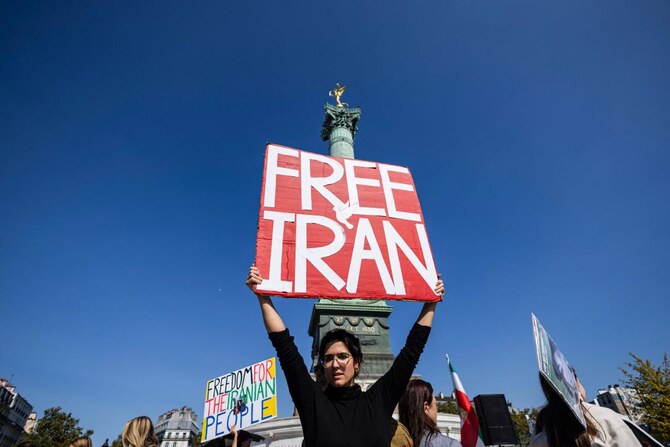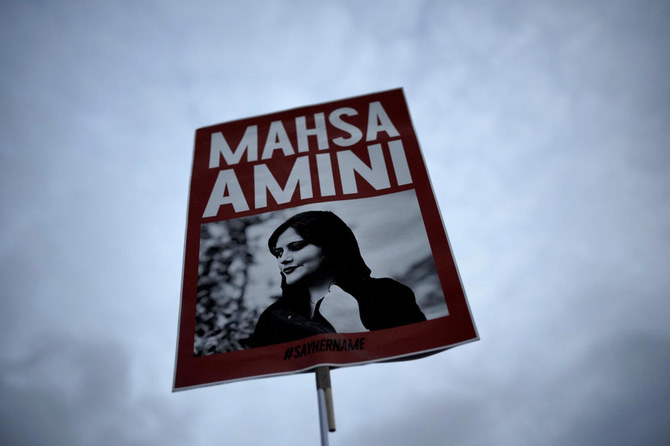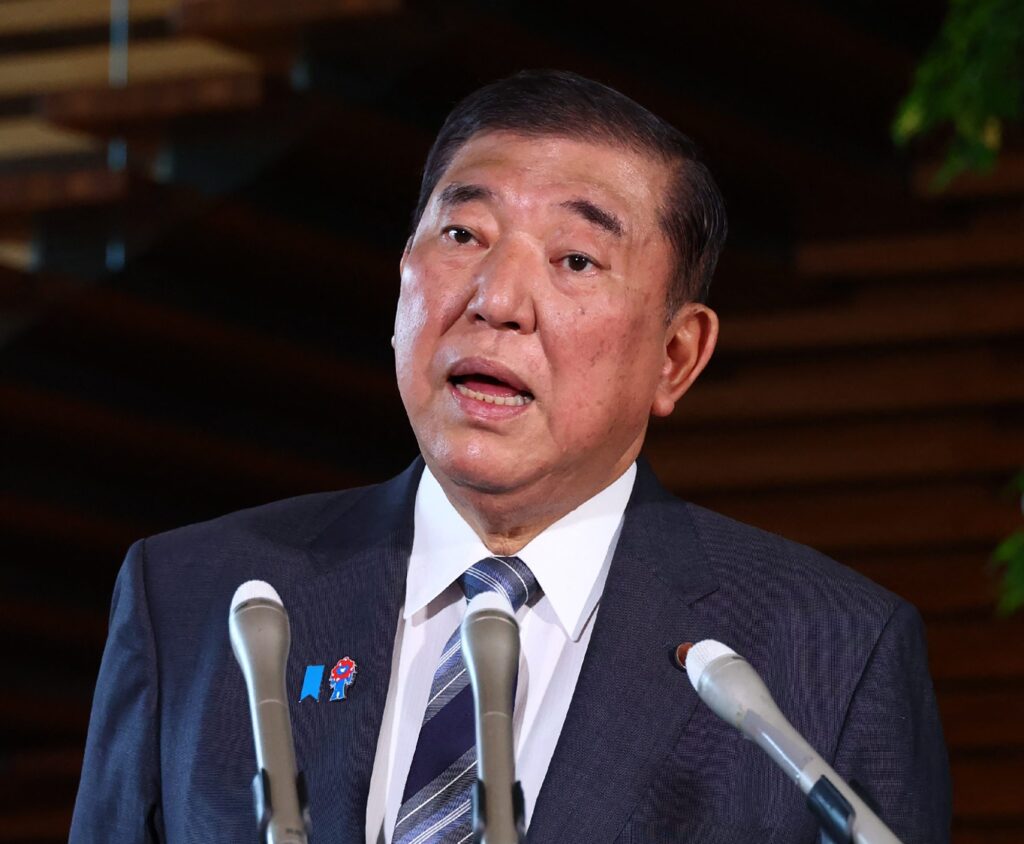Shirin Ebadi, the distinguished Iranian lawyer and former judge who lives in exile in London, said the protests were the boldest challenge yet to the legitimacy of Iran’s clerical establishment.
“This revolutionary process is like a train that will not stop until it reaches its final destination,” said Ebadi, 75, who won the Nobel Peace Prize in 2003 for her work defending human rights.
“The protests have taken a different shape, but they have not ended,” she told Reuters in a phone interview from London.
Iran’s clerical rulers have faced widespread unrest since Mahsa Amini died in the custody of the morality police on Sept. 16 last year after she was arrested for wearing “inappropriate attire.”
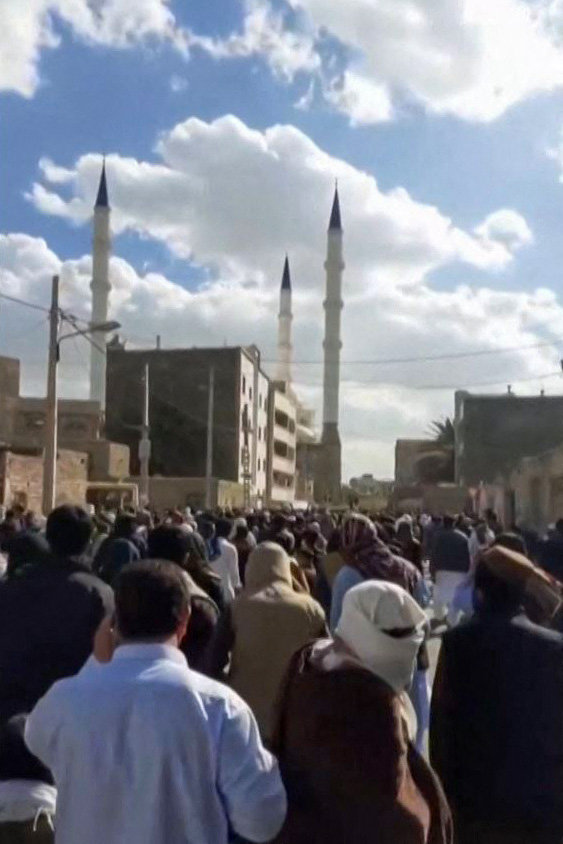
Iran has blamed Amini’s death on existing medical problems and has accused its enemies of fomenting the unrest to destabilise the regime.
For months, Iranians from all walks of life have called for the fall of the clerical establishment, chanting slogans against Supreme Leader Ayatollah Ali Khamenei.
Amini’s death has unbottled years of anger among many Iranians over issues ranging from economic misery and discrimination against ethnic minorities to tightening social and political restrictions.
As they have done in the past in the face of protests in the past four decades, Iran’s hard-line rulers have cracked down hard. Authorities have handed down dozens of death sentences to people involved in protests and have carried out at least four hangings, in what rights activists say is a crackdown aimed at intimidating people and keep them off the streets.
BACKGROUND
The crackdown has stoked diplomatic tensions at a time when talks to revive Tehran’s 2015 nuclear deal with world powers are at a standstill.
The rights group HRANA said 527 protesters had been killed during unrest, of whom 71 were children, and nearly 20,000 protesters had been arrested.
However, protests have slowed considerably since the hangings began. Videos posted on social mediashowed people chanting “Death to Khamenei” from rooftops in some cities, but nothing on the scale of past months.
Ebadi said the state’s use of deadly violence would deepen anger felt by ordinary Iranians about the clerical establishment because the their grievances remain unaddressed. “The protests have taken a different shape, but they have not ended,” she said.
The crackdown has stoked diplomatic tensions at a time when talks to revive Tehran’s 2015 nuclear deal with world powers are at a standstill.
To force the regime from power, Ebadi said the West should take “practical steps” such as recalling their ambassadors from Tehran, and should avoid reaching any agreement with Iran, including the nuclear deal.
With deepening economic misery, chiefly because of US sanctions over Tehran’s disputed nuclear work, many Iranians are feeling the pain of galloping inflation and rising joblessness.
Inflation has soared to over 50 percent, the highest level in decades. Youth unemployment remains high with over 50 percent of Iranians being pushed below the poverty line, according to reports by Iran’s Statistics Center.
(With Reuters)



